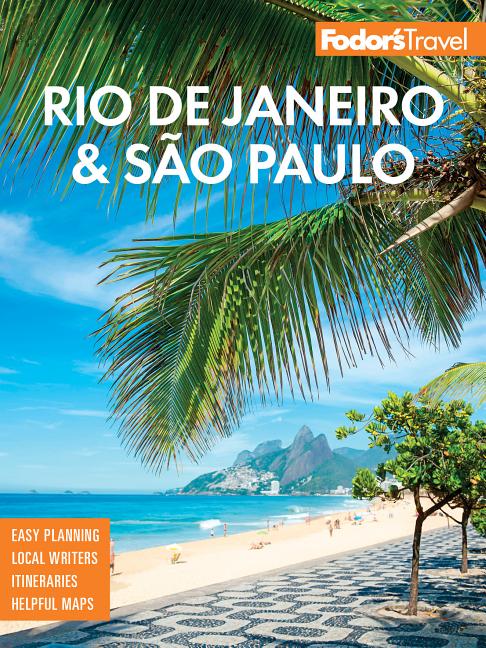Getting Oriented
Situated 70 km (43 miles) inland from the Atlantic Ocean with an average elevation of around 800 meters (2,625 feet), São Paulo has a flat and featureless metropolitan area, apart from a few elevated areas, including those around Avenida Paulista and Centro. A major expressway called the "Marginal" runs along the city's northern edge, accompanying the polluted River Tietê, and down the western side along the equally fetid River Pinheiros, with most business and tourist activity occurring in the southeastern, western, and central neighborhoods. No matter where you are, though, it's difficult to gain a visual perspective of your relative location, thanks to the legions of buildings in every direction. A good map or app is a necessity.
Centro
This downtown area has the city's most interesting historic architecture and some of its most famous sights; however, many parts are also quite daunting and dirty, so be prepared. Area highlights include Praça da Sé, geographical center of the São Paulo municipal district, and attractions around the revitalized Vale do Anhangabaú. Some of São Paulo’s prime guilty pleasures can be snacked on at Mercado Municipal. Parque da Luz is just to the north and next to a number of important buildings, including the Estação da Luz railway station, part of which now houses the Museum of the Portuguese Language, which is currently closed for renovations following a fire in 2015.
Liberdade
Southeast of Centro, Liberdade (meaning "freedom" or "liberty" in Portuguese) is the center of São Paulo's Japanese, Korean, and Chinese communities, and features a range of Asian-style streetscapes and shopfronts. It's a popular area with travelers, thanks to the many culturally motivated markets and restaurants.
Barra Funda
Once a desert of abandoned warehouses, this region has experienced a renaissance in recent years. The construction of various high-rise apartment buildings and trendy nightlife venues has returned life to a neighborhood boasting many of São Paulo's samba schools, and architecture by Oscar Niemeyer.
Avenida Paulista
The imposing Avenida Paulista is home to some of the city's best-located hotels, biggest financial companies, and most important businesses. Many of São Paulo's cultural institutions center around this impressive, eight-lane-wide thoroughfare. Just 2.8 km (1.7 miles) long, the avenue begins west of Centro and spans several of the city's chicest neighborhoods as it shoots southeast toward the Atlantic.
Bela Vista
Also known as Bixiga, São Paulo's Little Italy is home to plenty of restaurants, theaters, and nightlife hot spots. Southwest of Centro and right next to Avenida Paulista, this is an old, working-class neighborhood—the kind of place where everybody knows everybody else's business.
Jardins
On the southern side of Avenida Paulista sits Jardins, an upscale neighborhood that's ideal for shopping and eating out. The gently sloping, tree-filled area is one of the nicer parts of São Paulo for walking around; it's also one of the city's safest neighborhoods.
Itaim Bibi
Moving farther south, Itaim (locals always drop the Bibi part) is similar to Jardins because it's also filled with fashionable bars, restaurants, and shops. Another of the city's most impressive roads transects the suburb, Avenida Brigadeiro Faria Lima, which, along with its many cross-streets, has a ton of expensive and exclusive nightlife options. At its western border, Itaim stretches down to the Marginal.
Pinheiros
Just north of Itaim and west of Jardins sits Pinheiros (pine trees), another nightlife hot spot chock-full of bars, clubs, and late-night restaurants. The area, with some of the city's most expensive low-rise housing, is also traversed by the popular Avenida Brigadeiro Faria Lima and has the Marginal as its western boundary.
Vila Madalena
One of the hillier parts of São Paulo with impressive views across the city from the uppermost buildings, Vila Madalena is a relatively small enclave just to the north of Pinheiros. It's yet another nightlife mecca with bohemian-style haunts that stay open until dawn. Bars are stacked one on top of the other, making it a great place for a pub crawl, particularly because it's also one of the city's safest after-dark spots. Scores of boutiques, bookstores, cafés, galleries, and street-art displays also contribute to the neighborhood's pull on the free-spirited.




